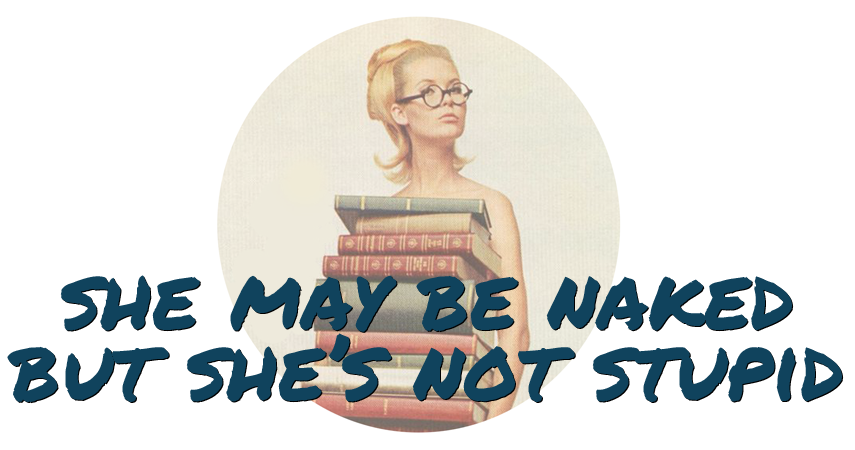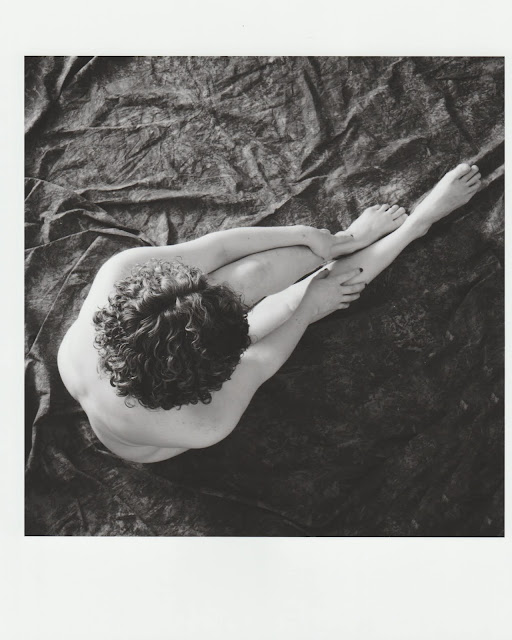It’s a full two weeks since Episode 31: Anxiety Attacks! of “Mormon and the Methhead” aired, but it’s taken me that long to gather and write my thoughts. (And I felt really good about them, and then I had a session with my therapist that made me think, “Huh, maybe I’m not the best person to be writing about this?!” But then I decided, “Screw it, I’ll share my thoughts anway.”)
If anxiety attacks are a puzzle to be figured out, then I’ll share the box my own anxiety puzzle came in, so you can look at the picture and see if it helps you figure out yours.
Disclaimer: I’ve figured out a lot of my own anxiety puzzle with the guidance of a few good books, several classes on psychology and brain function, lots of internet research, and hours and hours of therapy. But I’m no therapist myself. Take what resonates with you and discard the rest.
Okay.
Some Stuff About Brains: The Physical and The Mental
The physical elements of anxiety happen to us because our dumb caveman brains are overly enthusiastic about keeping us safe. The oldest and deepest part of our brain has one job: KEEP HUMAN ALIVE. So if it senses a threat, it amps up cortisol and adrenaline, which would normally be super helpful if we actually had to fight, flight, or freeze. Those chemicals strengthen our muscles and heighten our awareness, in case we need to run away or throw a punch or stay still so a predator doesn't see or hear us.
Our brains are filtering through a ton of information from our senses all the time—smells, tastes, colors, microexpressions, movement, etc. In neurotypical brains, all of this information goes into the subconscious and gets sorted into “important” and “not important” information. If it notices that an important thing might be a danger, it sets off those fight/flight/freeze chemicals.
The problem is that our brains aren’t super great at detecting what’s an actual threat and what isn’t. It wants to KEEP HUMAN ALIVE. So sometimes it just “plays it safe,” and gives us that burst of chemicals just in case. And we end up with shortness of breath, muscle tension, increased heart rate, etc. even if we’re not in actual danger.
For people with anxiety, it’s like this: if one time you got food poisoning from a red apple, your brain now automatically assumes that anything red is poisonous. Which is not true, of course, but bless our brains for trying.
Also, this might sound a little “jiggy-woo-woo,” but sometimes we experience anxiety simply because we sense other people are. For example, empaths are people who are highly tuned in to the emotions of others. The scientific explanation is that they subconsciously tend to notice breathing and microexpressions and even the smells of other people, and mirror them. This makes sense—it’s a little gift from evolution. If someone near is us being threatened, it’s helpful for our brains to notice so that we can protect ourselves, too. So if we can’t find the trigger for our own anxiety, it might be because there isn’t one—we’re just picking up on someone else’s. The New Age-y explanation might use words like “frequency” or “vibration.” Some people “pick up” on those frequencies. And sometimes all of this happens in our conscious minds, and sometimes it doesn’t.
Which brings me to the second element of anxiety: our thoughts. These are all the things going on in the conscious mind. Most people have a sort of “inner monologue” going on—it’s like that deep, threat-finding part of the brain is whispering a bunch of warnings to us. But it does it in first person because it’s an asshole. Everyone’s inner monologue is different, and it’s not like hearing voices, but it may say things like, “What if I lose my job? What if no one loves me? He probably doesn’t think I’m funny. She probably thinks I’m a slut. I’m messing up as a parent.”
So if anxiety has both a physical and mental elements, then for most people, the trick to combating anxiety is to interrupt the physical pattern AND interrupt the thought pattern.
Interrupting the Physical Pattern
1. Breathing.
There are tons of different breathing exercises you can do to help you bring your body back to stasis. A simple one is breathing in through the nose for 3 counts, holding for 3 counts, breathing out of the mouth for 6 counts, holding for 3 counts, and repeating. Or you could simply take a moment and notice your breath. Just pay attention to it, whatever it’s doing.
2. Do something physical.
Give your body some strong sensory information that it has to process. Run your fingers over the teeth of a comb, toss something from one hand to the other, take off your shoes. Stand up and stretch. Dance. Paint.
3. Tune in to your senses.
Take a moment and be still in whatever room you’re in. Then name 3 things you see, 3 things you hear, 3 things you feel, 3 things you smell.
4. Bilateral stimulation.
This is a fancy word for any rhythmic back-and-forth movement between the left and right sides of the body. Walking left, right, left, right. Or tapping your thighs, left, right, left, right. For some reason, this helps calm the nervous system. Therapists use this in a type of treatment called EMDR (Eye Movement Desensitization and Reprocessing). When your body is experiencing this left-right stimulation, it’s easier to deal with distressing thoughts.
Interrupting the Mental Pattern
You’re basically using your conscious brain to talk back to that inner monologue. For example, here are some common thoughts people have in times of anxiety, and some counter-statements.
Anxiety thought: OMG WHAT THE HELL I’M FREAKING OUT.
Counter statement: This will be over soon. My body is just doing its job.
Anxiety thought: WHAT IF I LOSE MY JOB?!
Counter statement: I will always be able to find work.
Anxiety thought: I’M MESSING UP AS A PARENT.
Counter statement: I’m doing the best I can. My kids will figure things out, just as I figured things out.
Anxiety thought: THIS IS NOT WHO I AM I AM STRONGER THAN THIS.
Counter statement: This is something I am experiencing and it will be okay. There will always be people who love me.
The ultimate counter-statement is “I can handle it.” Because really, at the heart of every single fear we have is the fear “I won’t be able to handle it.” (That bit of wisdom is from another great book with a cheesy title, Feel the Fear and Do It Anyway.) You can write these things down, post them around your house, keep them in a card in your wallet. The more accessible, the better.
Additional Coping Strategy: Being Zen About It
And it does take PRACTICE. But there are a bajillion apps and books and audiobooks and websites and classes and resources to help you learn and practice. (I recommend the app Headspace—I’m a big fan.)
I was in a group therapy session once where someone shared the advice to keep your mind and your ass in the same room. It was a pithy way of saying that it’s good to reflect on the past, and it’s good to plan for the future, but sometimes you have to stop and say to yourself, “Hey what room is your ass in?” (A Noodles & Company in Salt Lake City.) “ Okay, now get your mind in the same room.” (Mindfulness exercises ensue.)
Final Thoughts
For me, sometimes it’s also helpful to think of strong emotions as little kids. Sometimes they tug on our sleeves, ask for our attention, talk to us when we’re trying to do something else. And sometimes, we can turn to them and say, “Hey, I love you. You’re okay. I’m doing something else right now, so you can go play.” And they do. But sometimes they’re like “HEY I’M BLEEDING PLEASE HELP ME.” In those times, you can hit the pause button on whatever you’re doing, and do whatever self-care stuff you gotta do to get yourself back to equilibrium. This isn’t always possible in your circumstances, in which case, you can do a few of the above exercises until you have time to sit down and write or paint or run or do whatever it is you do to cope. (This analogy is also really helpful in difficult conversations, conflicts, or fights. Sometimes you gotta go take care of the emotional children before you can keep talking with a fellow grown up.)
If you want to plug all of this in to Jessa’s video game analogy/metaphor/theory/I-don’t-know-what-to-call-it, here’s how I’ve been thinking of it. Jessa said that our bodies—the avatars we’re using to play this game—have their own artificial intelligence. That’s the part of the brain that’s running the program KEEP HUMAN ALIVE. Which totally makes sense. We can’t play the game if we’re dead. That AI is the thing releasing those anxiety chemicals, and it’s just running its program.
But we, our highest selves, can run programs as well. We can run ADJUST BREATHING or MINDFULNESS or SELF-CARE. It doesn’t change the fact that our overprotective AI is gonna keep running KEEP HUMAN ALIVE. We actually do want it to run that program. But when it interrupts our lives, it’s helpful to have a few programs of our own.


